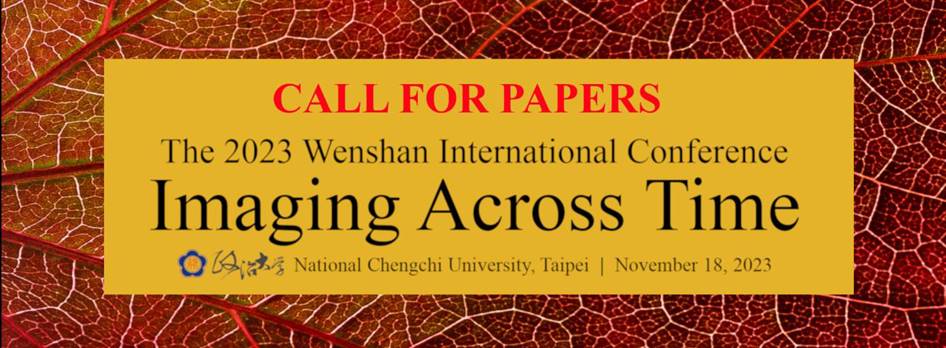
The domain of the page—or more contemporaneously, the screen—is a representational form of mental imagery. Indeed, textual surfaces are so ubiquitous in today’s culture that we sometimes forget that each arose from an internal inclination and proceeded into manifestation through a process culturally inscribed, but with one underlying, even fundamental, character at play: to preserve information outside the body so that it can be perceived either by ourselves or others at some later date. Yet so intricately instantiated is this association between our mental life and textual representation that we would be deceived to conflate the two or give one absolute precedence over the other. The question we seek to ask is this: what is the state of the image, or imaging, as mode, as practice, as ontology? Before the postmodern turn, the mind had primacy. But scholarship in the humanities has long-since changed, seeking to question the supposed seamlessness of degree between the mind and the external world of visual images. For when we look with adjusted eye, fissures emerge—and images, even those most dearly held, appear consigned to an empire of signs that we did not choose, though they are our own, and we seem to have no choice but to think and represent according to their dictation.
In 1991, Bruno Latour notably warned of giving absolute precedence to texts, of making “language a law unto itself, a law governing itself and its own world,” so that “the primacy of the signifier” was all that mattered. From this point of view, texts no longer “conveyed meaning from Nature to Speakers, or vice versa. Texts and languages make meaning; they even produce references internal to discourse and to the speakers installed within discourse.” Latour, of course, was not alone—and in the intervening years, many have attempted to reframe the post-structural textual dilemma in a range of ways. We may consider the ways in which “computational culture” has led to a “fundamental reshaping of the sign,” as Dennis Tenen contends (2017). While post-structural critique rightly understood that the sign is part of a ubiquitous cultural scaffolding in which we are always immersed, Tenen gives such a picture greater material and virtual shape. Texts are not just on-screen, where they can be viewed; the “word is in the wires,” part of an invisible, but physical architecture all around us. Thus, the word “spreads across servers, routers, and data centers [ …] where forces of capital and control intervene to monitor and monetize.”
In other vein, John May (2019) warns us neither to conflate electronic images with drawing, nor to confuse the technics that came before with the emerging practices of our computational age. May laments that the “lingering traditions of humanism” prevent us from becoming “less unknowingly immersed, and more deeply aware of ourselves as permanently and originally technical beings—and with that awareness, more able to address the implications of our technicity, for ourselves and for the world.” While we may heed such a warning, we might nonetheless question whether humanism is so easily eclipsed by the conditions of our present technicity. Are the intellectual, artistic, and spiritual heritages simply artifacts of a bygone time, or do they persist in a manner much more fundamental to who we are and may become?
If these approaches have a unifying theme, it is the past, present, and future character of the image or imaging as technical and cultural practice across the centuries. We invite all papers that grapple in some manner with this theme and particularly encourage those that express an intercultural point of view. Possible paper topics include, but are not limited to, the following:
• Digital Humanities and the changing role of literature
• Big Data, computation and literary study
• The New Formalism as methodology and/or rival to historicism
• Literature, social space, and intersubjectivity
• Romantic reconsiderations of the image
• Ancient signification
• Alchemy and Early Modern science
• Myth, magic, and signs
• Self-reflexive textual practices, ancient and modern
• History of the book
• Imaging the Anthropocene
• The role of imaging in the representation of gender, race, and class
• The advent and future of the moving image
• Shakespeare and Digital Humanities
• Imaging in Shakespeare
• Visualizing Shakespeare
We invite proposals for individual papers or collaborative panels from academics in the humanities and social sciences to present on these or any related topic. Abstracts of no more than 300 words, with title and five keywords, including short CVs (name, title, affiliations, selected publications, contacts) should be sent to the committee at
2023wsconf@gmail.com by January 15, 2023.
“Imaging Across Time” is a hybrid conference, both in-person at National Chengchi University and allowing attendees to join the keynotes and select panels online. This conference is organized by the Department of English at National Chengchi University, in partnership with the Taiwan Shakespeare Association, the EARN (Enlightenment and Romanticism Network), and The Wenshan Review of Literature and Culture, a special issue of which will feature selected papers delivered at the conference.
Conference Website: https://2023wsconf.wordpress.com/
Organizing Committee:
Hsiang-chun Chu (National Changhua University of Education)
John Michael Corrigan (National Chengchi University)
Estelle Jiang (National Chengchi University)
T.J. Sellari (National Chengchi University)
Yi-Chin Shih (National Changhua University of Education)





 網站導覽
網站導覽